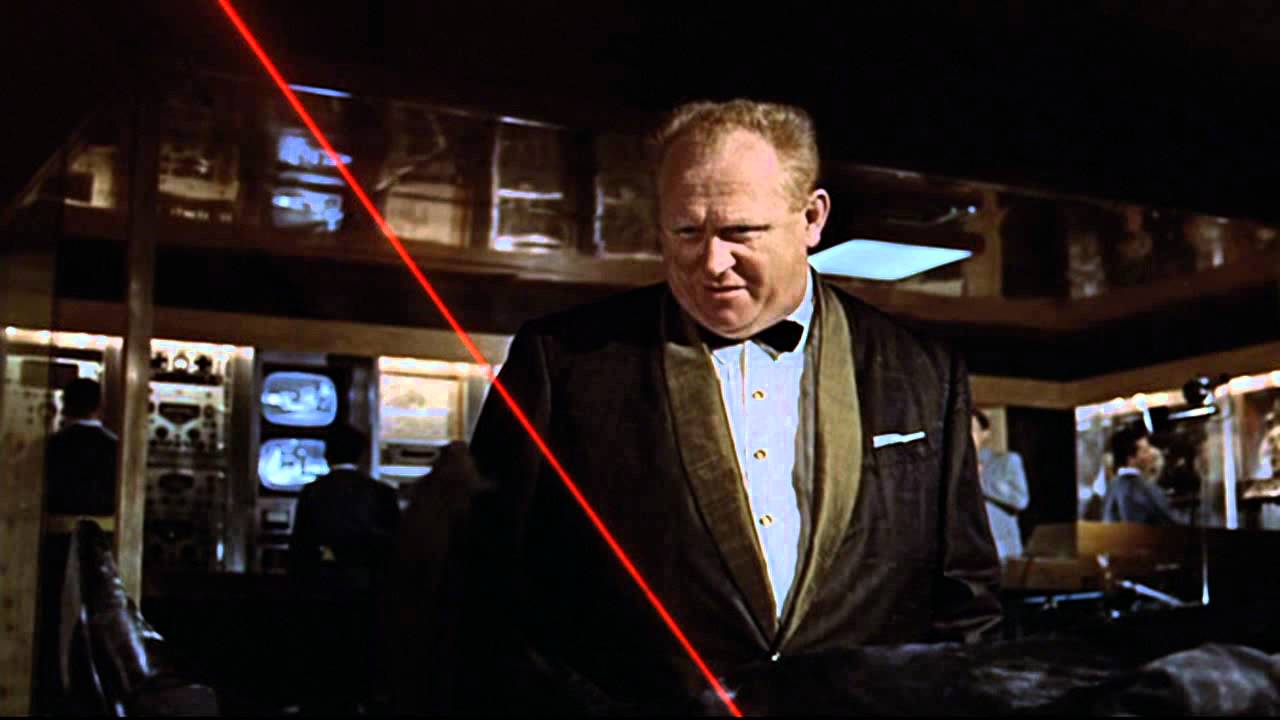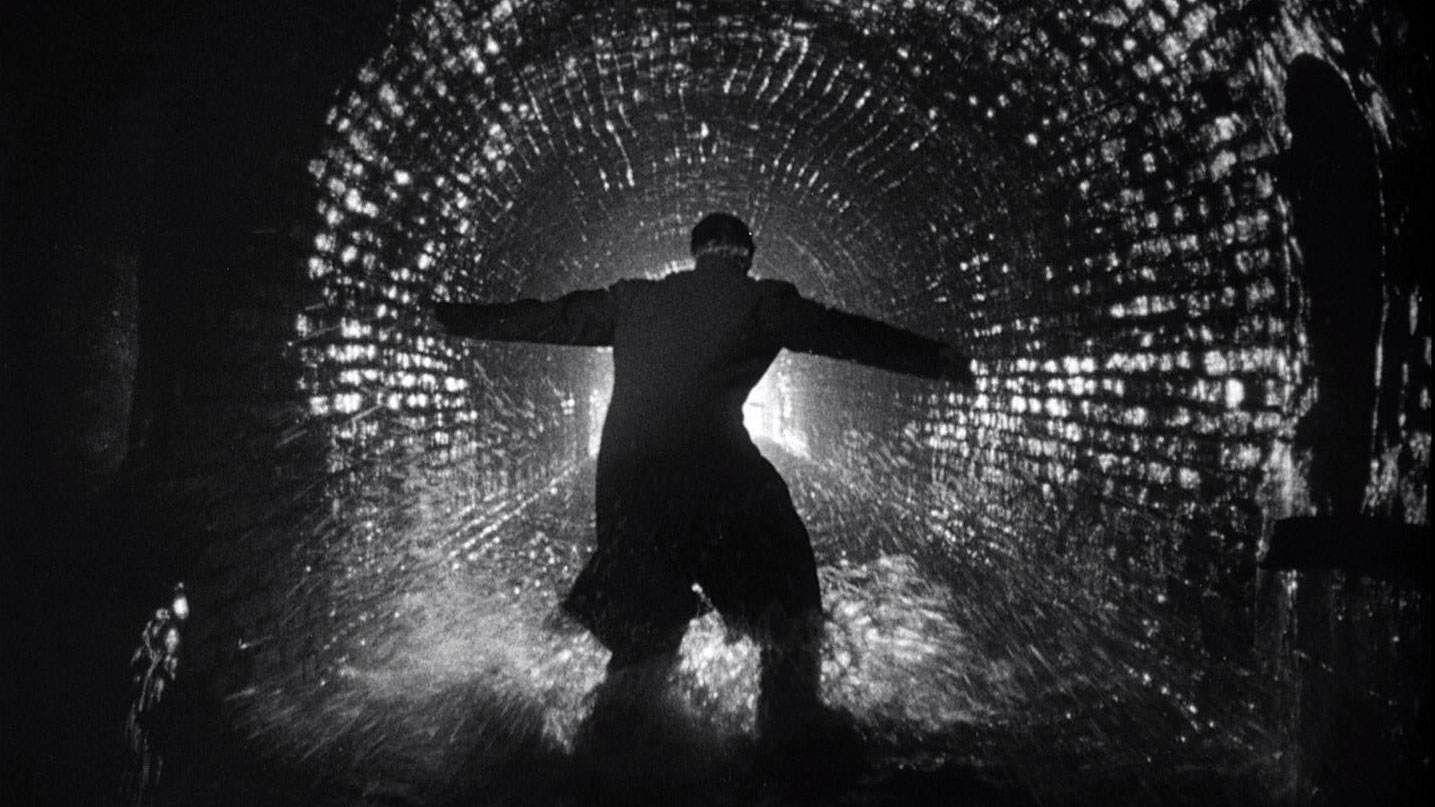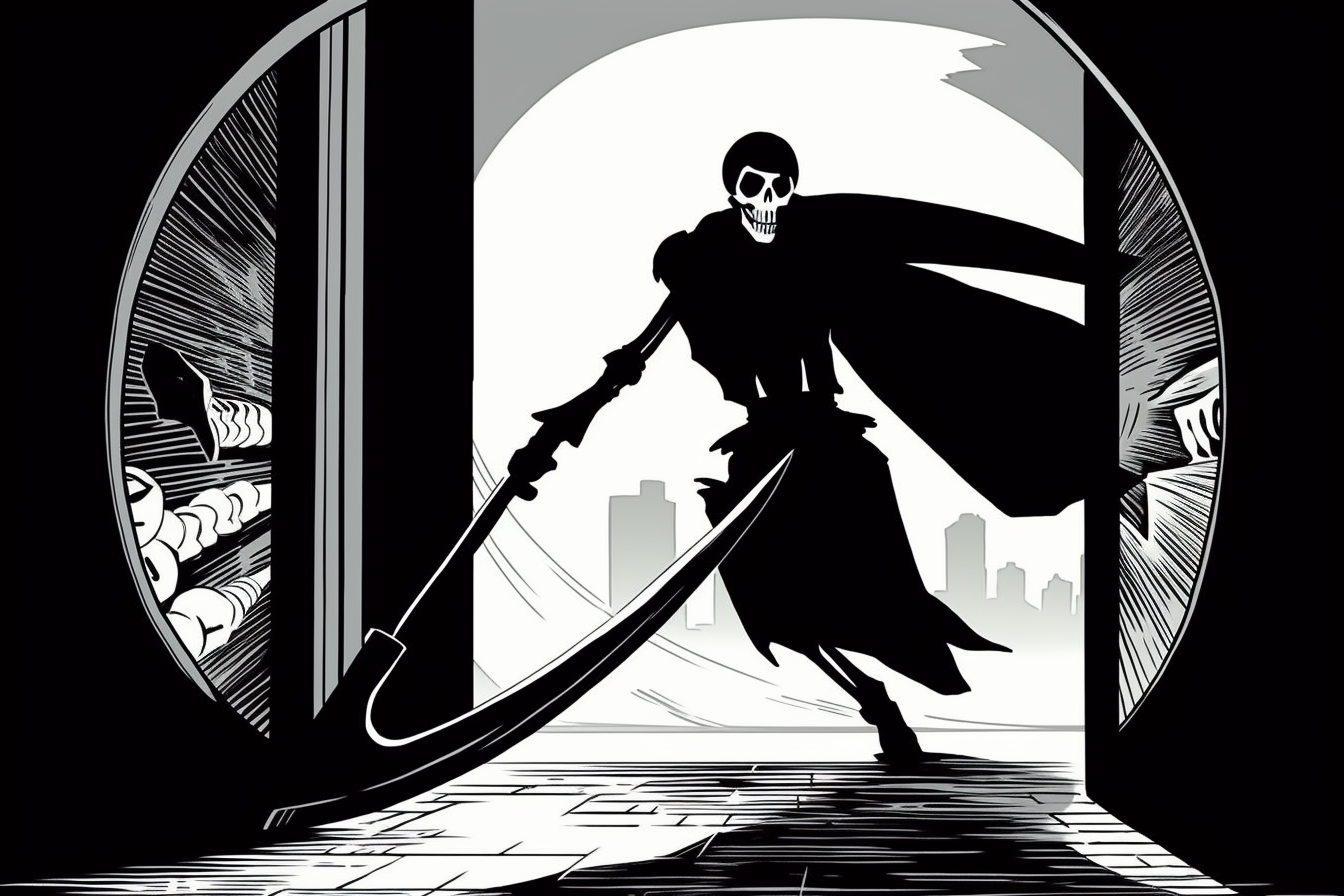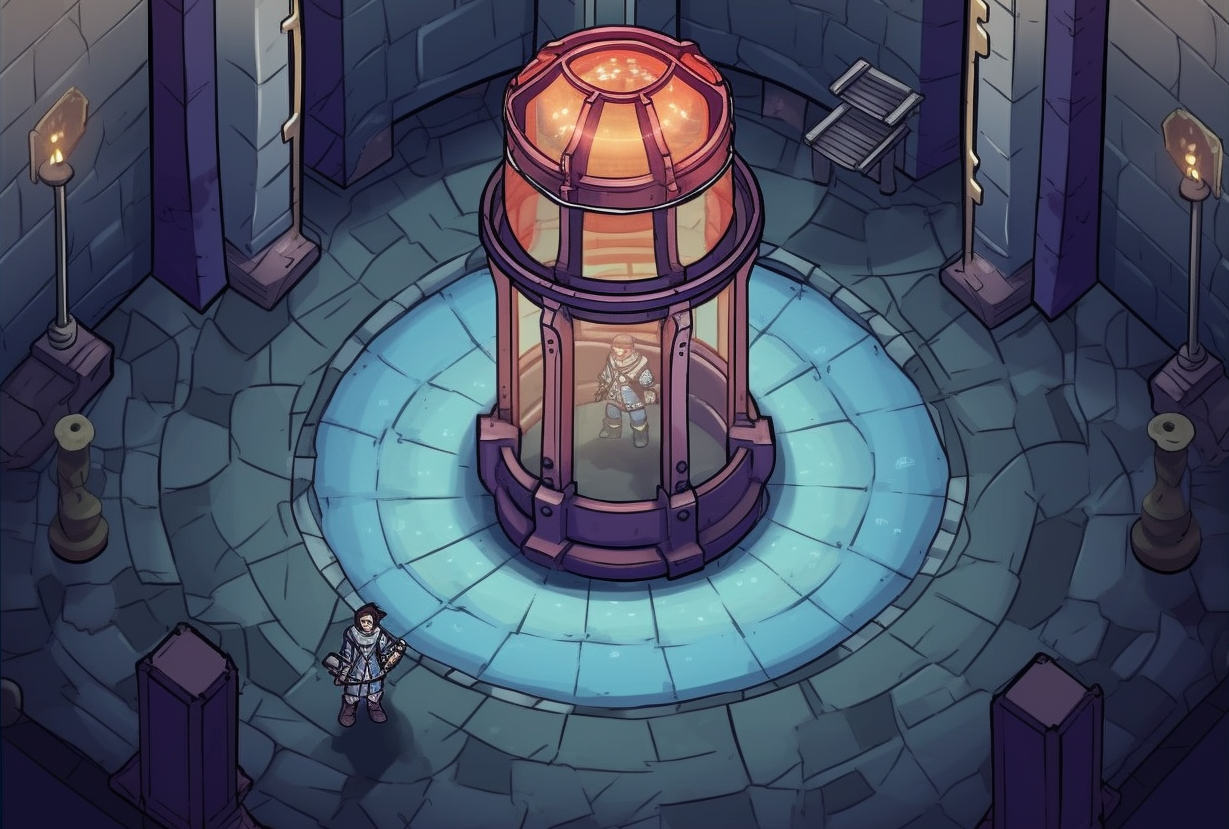DISCUSSING
In the Shadow of the Spire – Session 33B: The Interrogation of Arveth
The man laughed. “It’s a fiction. A front for the Brotherhood of Venom.”
“Which you belong to.”
“That’s right.”
“What are you doing here?”
“Being questioned by amateurs.”
Tee wasn’t amused. She signaled Agnarr, who lowered him and began swinging the top of his head through the sewer sludge.
It’s a classic scene: Our hero has been taken prisoner by the villain. An interrogation ensues, with an exchange of witty banter. But who’s learning more? The hero or the villain? And then the denoument: “No, Mr. Bond. I expect you to die!” Almost certainly most famous from Goldfinger, the trope extends back to the first James Bond movie and beyond. (You can find it in everything from Prisoner of Zenda to Shakespeare’s Hamlet to John Wick.)
Across a multitude of groups — home games, convention games, open tables, etc. — however, I have rarely seen this dynamic emerge at the gaming table. In fact, exactly the opposite seems far more common: The PCs will have taken someone prisoner and, as in the current session, be the ones coming up with Rube Goldbergian interrogation techniques.
(And, as often as not, just like a Bond villain, the PCs end up giving away more information than they gain. They’ll also do this in another Bond-ian scene which is more common at the game table: As guests at the bad guy’s big social event.)
This might just be a me thing. Maybe PCs in your campaigns are constantly getting captured and interrogated. But I think there are a few factors that cause this to happen:
First, RPGs largely default to the PCs being masters of their domain, by which I mean that they are almost always expected to physically trounce any opposition put in their way. This is in sharp contrast to the protagonists in most action movies, for example, who are almost always completely outgunned. In fact, it’s quite common for the plot of an action movie to be entire about the hero desperately running away (until, of course, the final act when they turn it all around).
Second, unlike Bond, players will generally resist being captured unto their last bloody breath. Many players have had bad experiences with GMs stripping them of their agency, and so they’d literally rather die than endure that again. Game design also factors in here, with the typical RPG providing concrete structures in which the players can influence the outcome of events (or, at least, feel as if they can continue influencing events) as long as they keep fighting, but no such structures for sustaining their agency in a Bond-like fashion if they allow themselves to be captured.
Third, there’s the distinct difference between the group dynamics of the typical PC group in an RPG and the dynamic of the lone protagonist in other media. Most stories in other media protagonize a single character, even if that character is operating in a group. In the comparatively rare stories where there are a gaggle of main characters (e.g., Ocean’s Eleven or Stranger Things), it’s still virtually unheard of for them to always travel together in one big pack.
(Consider the group dynamics of the The Lord of the Rings: The Fellowship is quite large, but during the period where the whole group is together, the story remains pretty firmly fixed on Frodo as the main character. It’s only when the Fellowship splits up that other characters start acting as protagonists.)
Even more unusual (again, compared to other media) is the penchant for most RPG groups to almost never frame scenes around a PC vs. PC conflict. (Not necessarily in the sense of a physical confrontation; in the sense of conflicting agendas.) Usually when you have a large, central cast of characters in other media, most of the storytelling is about the relationships and conflicts between those characters, but not so in most RPG groups.
Better RPG groups will, in fact, rise above this. But it’s pervasive largely because it arises naturally from the expected dynamic of “the GM preps material for the players to experience.” This inclines the GM towards presenting their prep and causes the players to slide into a weird midpoint between passive audience and hive-mind protagonists.
Anyway, the point is that PCs often interrogate NPCs as if they were Bond villains.
Weird, huh?
Campaign Journal: Session 33C – Running the Campaign: Action Schticks
In the Shadow of the Spire: Index

















